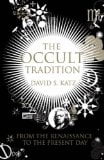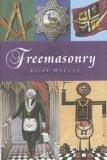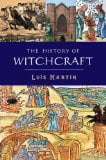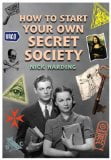 Six Impossible Things Before Breakfast
Six Impossible Things Before Breakfast
by Lewis Wolpert
Faber and Faber, £8.99 (pb), ISBN 978-0-571-23166-3
In some ways I feel these 243 pages are too few. There are so many interesting leads that cannot be followed up (there are references, of course). Occasionally the ideas tumble out so quickly as to muddle the words. “According to the ancient Greeks and their humours, mental illness came from the gods”. The theory of humours was essentially a naturalistic explanation: two ideas seem to have got jumbled. Again, in some places the author is so keen to tell us more, that (it seems to me) the balance of the book is upset. Many false beliefs are listed, particularly in health and religion. Interesting, but perhaps not really advancing the argument.
The essence of the argument is that a “belief engine” has evolved in humans because it was useful, but it may also be inappropriate. The origin, in Wolpert’s view, lies in tool-using. Early hominids used found objects as proto-tools, e.g. stones to break open bones or shellfish.
Unlike other species, they took the next step of modifying their instruments, for example to produce sharp edges, and then the further jump of combining two disparate elements to make a completely new tool, such as a spear from a stick and a sharpedged flint. This involved a new mental process, the realization of what leads to what, that is causality. Envisaging a new product was the origin of belief.
Thus we have a strong tendency to seek causes, even when there are none or they are unknown. Illness is attributed to witchcraft or some incorrect natural cause, and so on. Scientific thinking, which is the only reliable way to discover true causes, is not evolutionarily based, but was invented by the Greeks. Some might think that causality is also the foundation of science. Some may query Wolpert’s view of what a ‘belief ’ is, or think it a long way from flint-knapping to beliefs that daily produce martyrs and murderers. But overall, this is a fascinating and rewarding book.
John Radford







